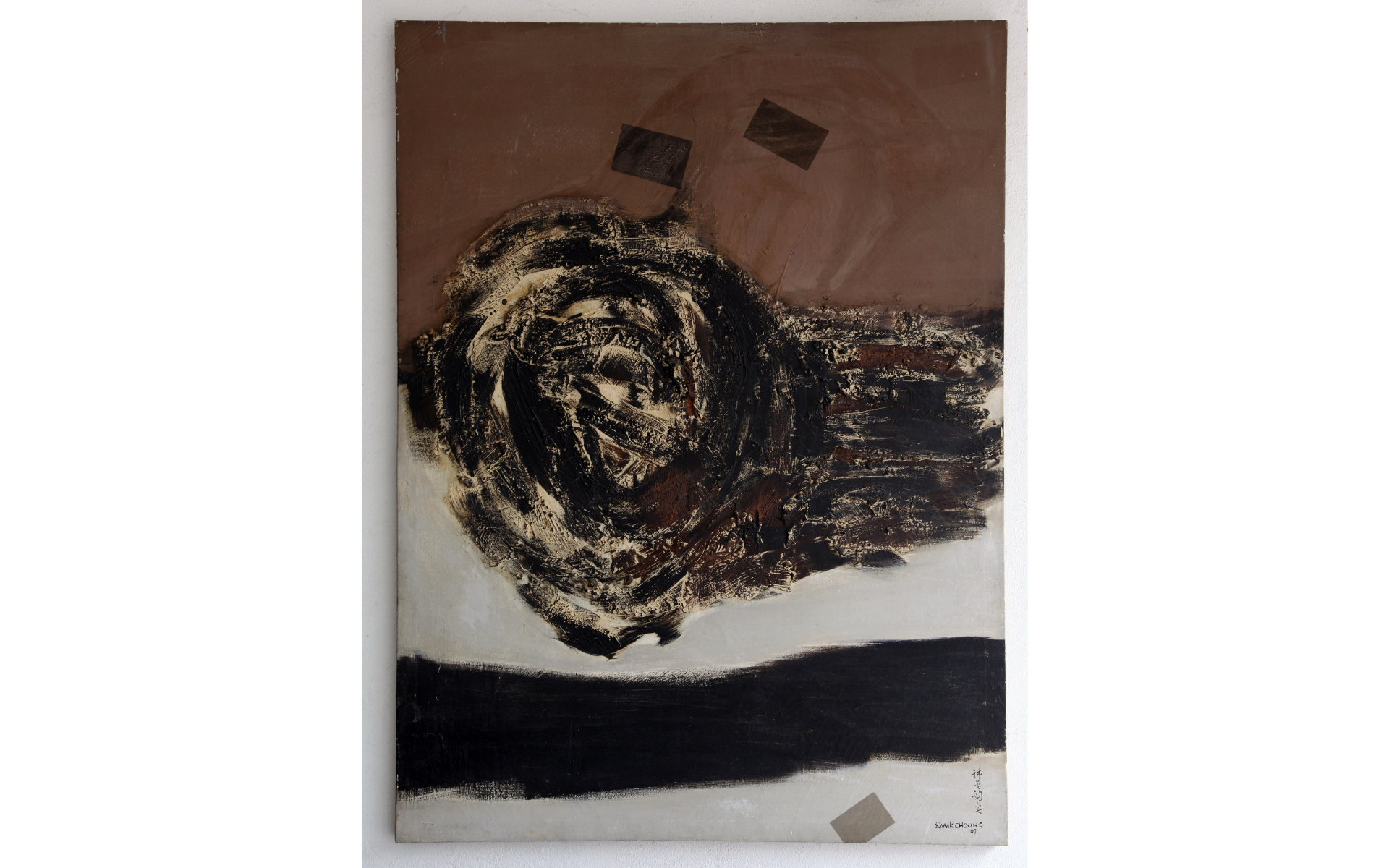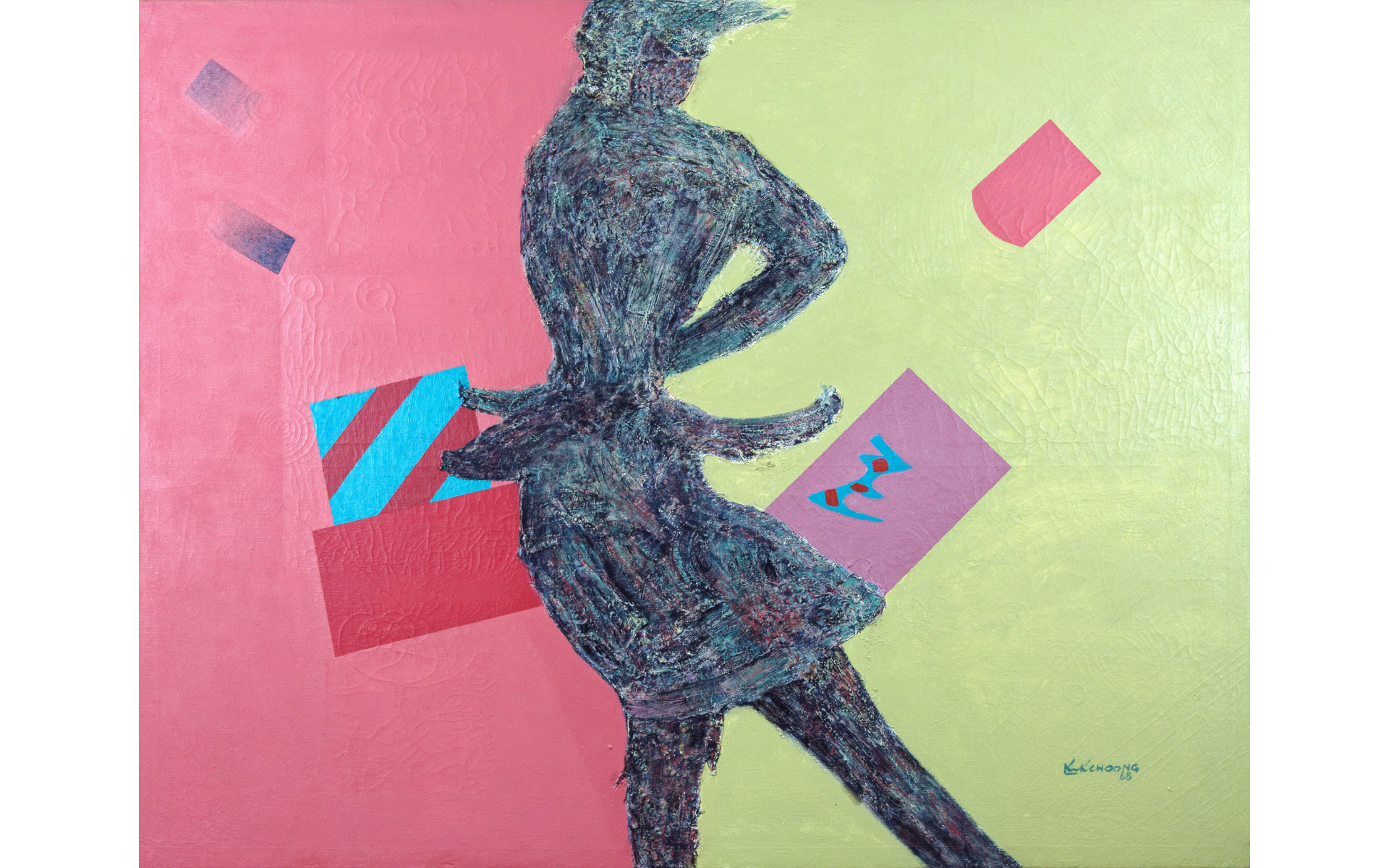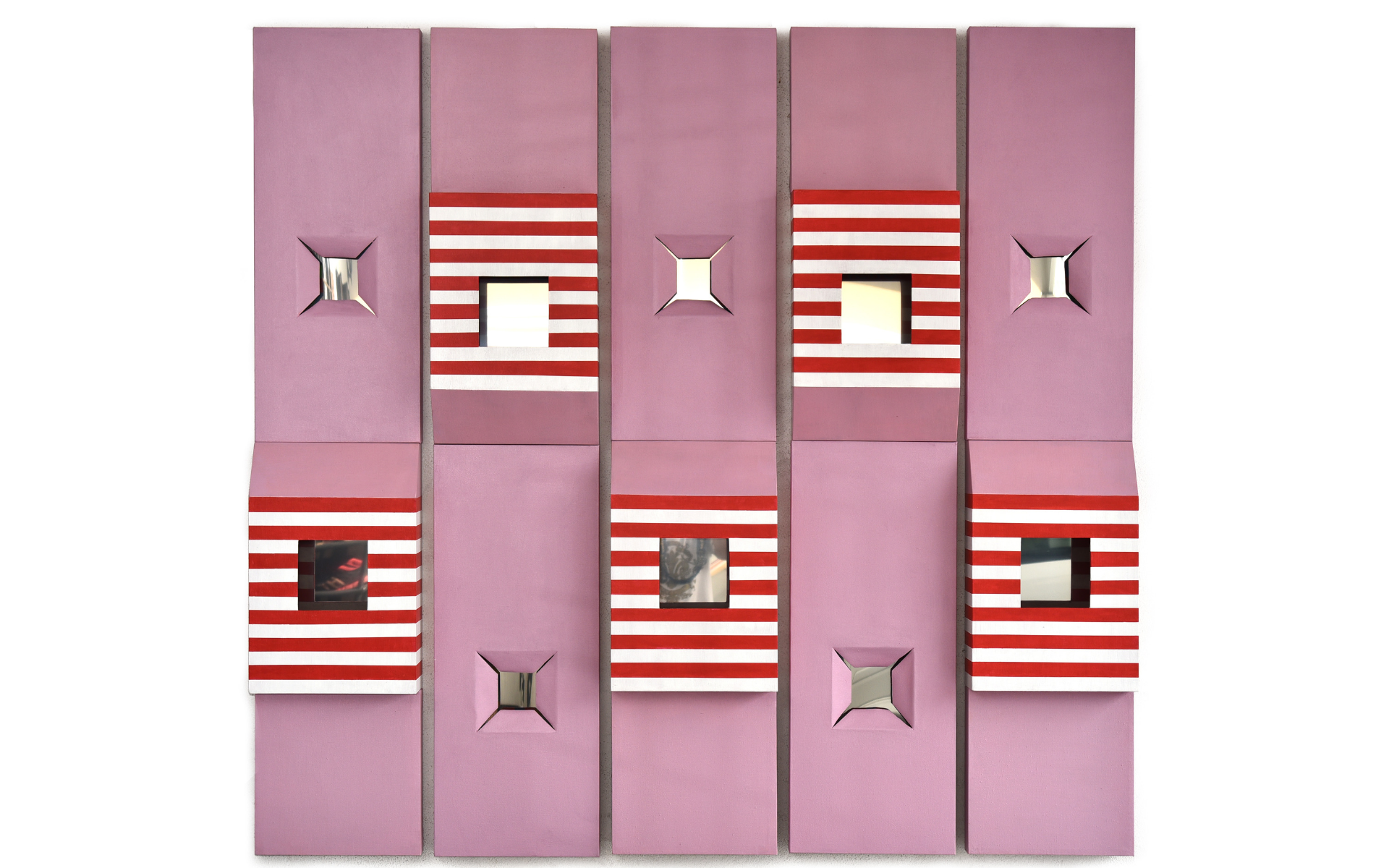A pioneer in the Malaysian contemporary art scene, Choong Kam Kow shares the inspirations behind his latest solo exhibition in Gajah Gallery in Singapore
Choong Kam Kow is one of Malaysia's most renowned contemporary artists who has exhibited all over the world including at the recent Art Expo Malaysia 2019 in Kuala Lumpur. But behind the facade of the acclaimed artist is the memory of a boy who grew up in Ipoh with little access to express himself creatively.
"When I first started, we had nothing to draw with - no pencils, not even paper! We used to draw in the sand with sticks," the 85-year-old recalls with a laugh. "We didn't even have such a thing as an art teacher back then."
Despite the lack of art supplies during the early 1950s, Kam Kow's passion for art burned brightly. "Instead of seeing these challenges as a negative, I was determined to make do with I had and honed my skill from there."
Kam Kow is currently having a retrospective solo show at Gajah Gallery in Singapore (from now until Nov 10, 2019) featuring 3 series from his early days. He discusses in further detail about the works that have shaped him as a professional artist.

New York, New York
And this ambition was what led him to apply for the Fulbright Grant to study art at the Pratt Institute, New York. Needless to say, he wasted no time in diving deep into the thriving New York art scene in the 1960s. He reveals that he was enthralled by the art movements of the time such as abstract expressionism and futurism.
He describes New York as a feast for artists, and it left such an indelible mark that he created an entire collection that pays homage to the Big Apple.








